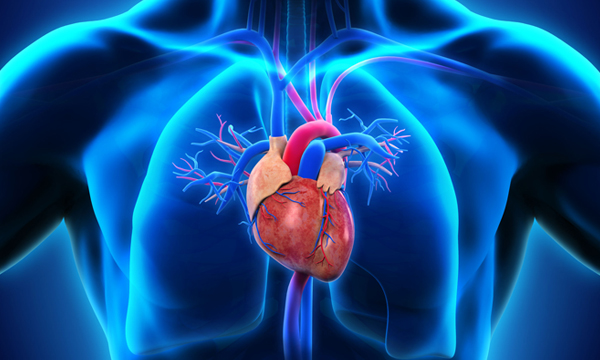The cardiology panel investigates the genetics of cardiac health. Arrhythmia and abrupt cardiac arrest are both hereditary events. Knowing the hazards linked with them can help one screen better and avoid the consequences. Heart disease relates specifically to the heart, while cardiovascular disease affects the heart, the blood vessels, or both.

Genetic testing can determine whether you have a specific changed gene or a genetic flaw that can contribute to an inherited heart ailment (IHC).
Heart disease affects only the heart, whereas cardiovascular illness affects the heart, blood arteries, or both.
Genetic diagnostics is becoming more common in cardiology and is recommended in AHA, HRS-EHRA, ESC and CCS guidelines (PMID: 22075469, 20823110, 21810866 and 21459272). It has also been shown to be less expensive than standard clinical screening (PMID: 22128210 and 21139095).
This test can aid in the diagnosis of a potential ailment and may also guide future treatment. If we discover a genetic cause for your problem, we may be able to diagnose or identify additional members of your family who are at risk.
Copyright © 2023 All Right Reserved. Bio Healthcare Networks.